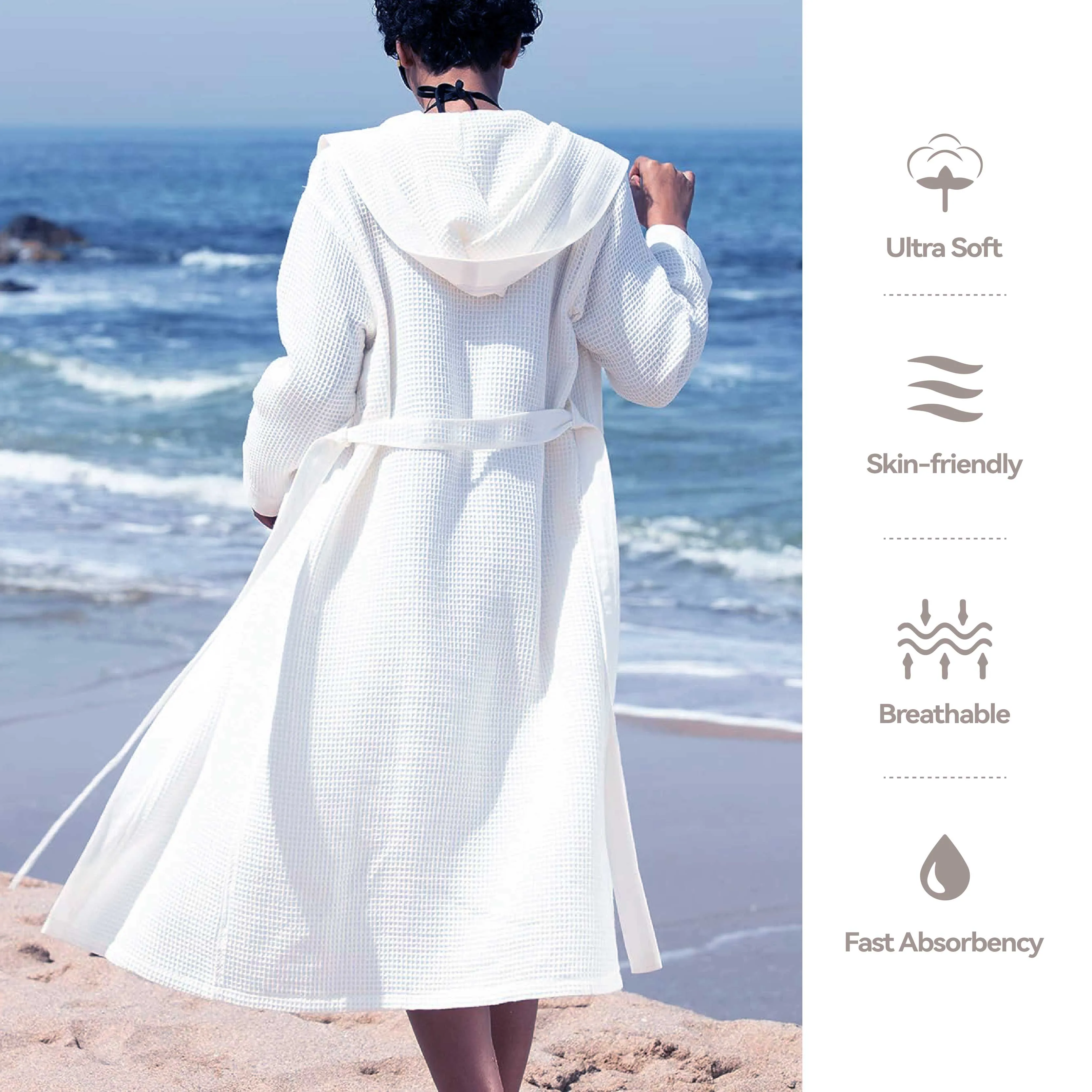Discover the Best Duvet Inserts for Ultimate Comfort and Warmth
Buying a Duvet Insert A Comprehensive Guide
When it comes to creating a cozy and inviting bedroom, few things are as important as choosing the right duvet insert. A quality duvet insert not only enhances the aesthetic appeal of your bedding but also plays a crucial role in providing warmth and comfort throughout the night. If you are contemplating the purchase of a new duvet insert, this guide will help you navigate the essential choices and considerations.
Understanding Duvet Inserts
Duvet inserts, often referred to as duvet fillers, are soft, flat bags filled with materials such as down, feathers, wool, or synthetic fibers. Unlike comforters, which are often quilted and used on their own, duvet inserts are designed to be placed inside a duvet cover. This allows for easy washing of the duvet cover while keeping the insert protected. The material and construction of a duvet insert significantly influence its warmth, weight, and overall comfort.
Choosing the Right Material
When selecting a duvet insert, the material is one of the most critical factors to consider
. Here are the most common types1. Down Down duvet inserts are filled with the soft undercoating of ducks or geese. They are highly regarded for their exceptional warmth-to-weight ratio, softness, and durability. However, they can be expensive and may not be suitable for those with allergies unless specified as hypoallergenic.
2. Feather Feather inserts contain a mixture of feathers and down. They often provide good warmth and are typically less expensive than pure down. However, they may not be as fluffy or soft as down.
3. Synthetic Made from polyester or other synthetic materials, synthetic duvet inserts are hypoallergenic, typically more affordable, and easy to care for. While they don’t replicate the luxurious feel of down, they can still provide comfort and warmth.
buy duvet insert

4. Wool Wool duvet inserts are excellent for temperature regulation. They keep you warm in winter and cool in summer, making them versatile options for year-round comfort. They are also naturally hypoallergenic and resist dust mites.
Fill Power and Warmth
Another critical factor to consider is fill power, which measures the loftiness of the duvet insert. A higher fill power indicates better insulation properties and warmth while keeping the weight lighter. For colder climates, you might want to look for a duvet insert with a fill power of at least 600. Conversely, if you live in a warmer area, a lower fill power or a lighter weight option will serve you better.
Size Matters
Duvet inserts come in various sizes, typically matching standard mattress sizes—Twin, Full, Queen, and King. It's essential to choose a size that fits your duvet cover snugly. When in doubt, opt for a slightly larger size to avoid the duvet fitting too tightly in the cover, as this can distort its shape and affect its performance.
Care and Maintenance
Proper care extends the life of your duvet insert. Ensure to follow the care instructions on the label, which usually recommend washing the duvet cover regularly while allowing the insert to air out. Some down and some synthetic inserts can be machine washed, but make sure to check for specific guidance.
Conclusion
Investing in a quality duvet insert is a decision that enhances your sleeping experience. By understanding the different materials, fill power, sizes, and maintenance needs, you can select the perfect duvet insert that meets your comfort preferences and enhances the overall aesthetic of your bedroom. Happy shopping!
-
Elevating Comfort and Quality with the Right Bed LinenNewsJul.07, 2025
-
Bedding Essentials: From Percale Sheets to White Quilts, Finding Your Perfect Sleep HavenNewsJul.07, 2025
-
Choosing the Right Bedding for a Comfortable and Stylish BedroomNewsJul.07, 2025
-
Understanding the Diverse World of Towel TypesNewsMay.29, 2025
-
The Ultimate Comfort: Discover the Benefits of Polycotton SheetsNewsMay.29, 2025
-
Experience Luxury with 1800 Brushed Microfiber SheetsNewsMay.29, 2025
-
Elevate Your Sleep with Luxurious Hotel Sheets for SaleNewsMay.29, 2025






